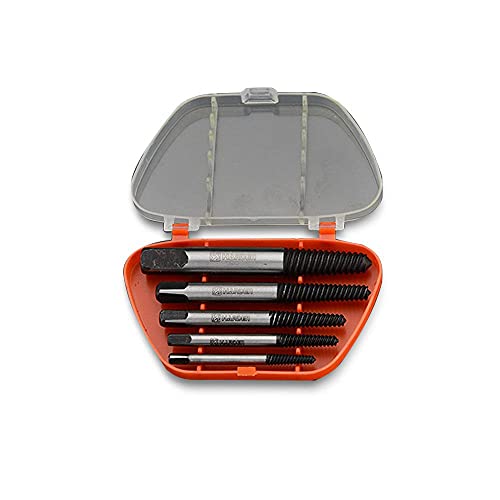Hi
I couldn't find information about recovery silver from the residue of aqua regia which contains gray silver chlorides and other metals and impurities
I am a fan of dilute sulfuric acid and nails method for converting silver chloride
1- Can we use this method for the residue of aqua regia?
2- What is the process? Just add sulfuric acid and nails > wash and dry > dissolve in nitric?
3- Do we need incinerate step before dissolving in nitric? Or washing step before conversation silver chlorides step?
1. Yes, but use clean and as pure of iron as you can get (personally I would use cut up transformer iron laminates with no rust, and the varnish burnt off and washed off)...
2. Let us assume we have silver chloride, mixed with powders of lead chloride, sodium salts, copper(I)chloride, gold chlorides, lead sulfates, maybe even a few bugs that made it into our filtered residue.
keeping this material wet or damp is an important step, (with low light can also help if storing).
We can clean up the material some with water washes, washing away excess acids, and soluble metal chlorides.
Sodium chlorides solubility does not change much with water temperatures this metal salt will dissolve about the same amount of water in the cold or hot washing of the powders.
While on the other hand with boiling hot water washes we can dissolve more or other metals that do not dissolve easily or as much in the cold water wash, lead chloride is very soluble in hot solutions, which much of the lead chloride would precipitate from this wastewater solution as needle-like crystals upon cooling ( allowing us to be able to reuse this cooled and decanted solution by reheating it to dissolve more lead chloride in proceeding washes (to lower how much toxic wastewater we have to generate to deal with...
Silver chloride is not soluble in hot or cold water washes (or in acids).
If much copper (I) chloride is involved, washing in HCl will dissolve it to CuCl2, followed by water washes to remove free acid or other soluble chlorides...
Now say we used the dilute H2SO4 and Iron nails on the insoluble silver chloride metal salts, to convert the silver salt to metal, 2AgCl + Fe + H2SO4 --> 2Ag + 2HCl + FeSO4, and wash away the soluble hydrochloric and iron sulfate solution from our insoluble powders, followed by water washing of our powders to wash away as much soluble chlorides sulfates and free acid...
Upon slow drying and slow heating of these powders, different gases become volatile, first with water, (nitric if involved), HCl, last to go would be sulfuric, slow and careful heating bringing temperatures up slowly and holding them until they do the work, you can drive off most acidic fumes without metal loss of your washed powders.
Some acid or remaining salts can fuse, and need further heating to drive off the acids or convert the salts of this fusion, slowly raising the heat, sir as needed so as not to fuse a hard to break cake, until you can crush the lot to powders again, bringing the crushed powders to a red-hot glow in air can burn off remaining acid salts, any remaining sulfuric or sulfate salts volatile metal oxides, aids in converting any base metals to oxides, (like the lead sulfate converted to lead oxides) , burn up the carbon (bugs filter paper).
Leaving us with the silver powder you can dissolve in HNO3, or used to in-quarter karat gold, or to be saved for the silver cell...
3.Maybe this can be answered by reading above?













































